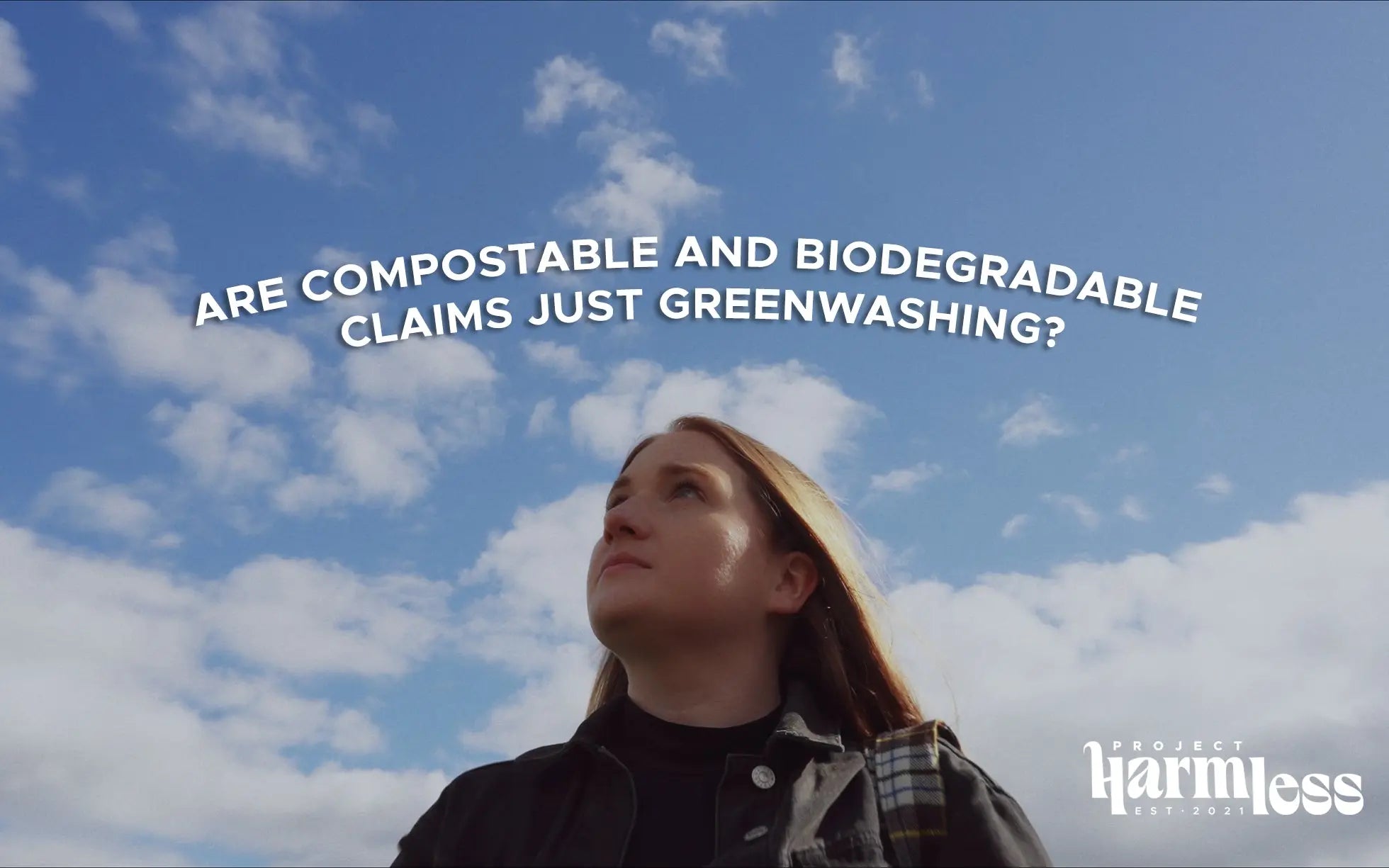As more consumers demand sustainability, many companies are responding with products that claim to be eco-friendly. But are these claims always true, or are we being misled? In Episode 3 of Smoke and Mirrors: Let’s Make it Clear with Laura Young, we discuss the phenomenon of greenwashing—what it is, why it’s a problem, and how you can avoid falling for it.
What Is Greenwashing?
Greenwashing is a marketing tactic used by companies to make their products, services, or practices appear more environmentally friendly than they actually are. It’s a way for brands to appeal to the growing demand for sustainability without making substantial changes to reduce their environmental impact.
Greenwashing can take many forms. It might be a vague or misleading claim on a product label, such as “all-natural” or “eco-friendly,” without providing evidence to support the statement. Sometimes, it’s about using recycled or minimal packaging for an otherwise unsustainable product. These tactics are designed to make consumers feel like they are making a positive environmental choice when, in reality, they are not.
Common Examples of Greenwashing
One of the most common examples of greenwashing is in the fashion industry, where brands claim that their clothing lines are made from “sustainable” or “recycled” materials. However, when you look closer, you often find that only a small percentage of the product is recycled, or the process itself is harmful to the environment. Similarly, airlines might plant trees to offset carbon emissions but ignore the more substantial impact of frequent flights on climate change.
In some cases, even words like “biodegradable” or “compostable” can be misleading. Without specifying conditions under which a product can break down, these terms can give a false impression.
Why Is Greenwashing a Problem?
Greenwashing is problematic because it prevents real progress. When companies put more effort into appearing sustainable than actually becoming sustainable, they take advantage of consumers’ desire to make a positive difference. This misrepresentation can lead consumers to unknowingly support unsustainable practices, slowing down the movement towards genuine change.
Additionally, greenwashing undermines the credibility of truly sustainable brands. When misleading claims are widespread, consumers may become skeptical about all environmental claims, making it harder for genuinely eco-friendly companies to gain trust and support.
How to Spot Greenwashing
Laura Young offers some tips for spotting greenwashing and making informed choices:
• Look for Specifics: Be wary of vague terms like “natural” or “green.” Look for specifics about the product’s sustainability, such as detailed product descriptions and its end-of-life impact.
• Check for Transparency: Companies that are truly committed to sustainability will be transparent about their practices. If a brand makes bold claims but doesn’t provide evidence, that’s a red flag.
• Beware of Buzzwords: Words like “plastic-negative” or “compostable” are often used without context.











Leave a comment
This site is protected by hCaptcha and the hCaptcha Privacy Policy and Terms of Service apply.